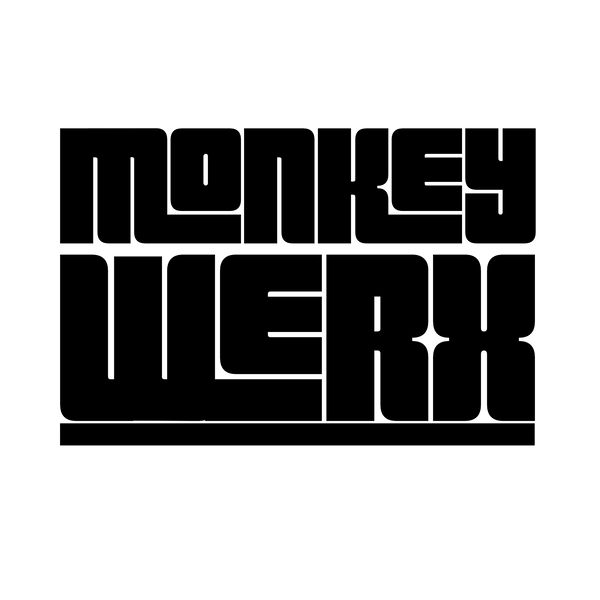Operation Ranch Hand: A Detailed Examination of a Controversial Vietnam War Campaign
Operation Ranch Hand, a U.S. military initiative during the Vietnam War, represents one of the most controversial and impactful aspects of the conflict. Conducted from 1962 to 1971, this operation aimed to deprive enemy forces of cover and food resources by using chemical defoliants and herbicides over vast areas of Vietnam, Laos, and Cambodia. The operation's legacy includes severe environmental damage and profound health consequences for both the local population and U.S. veterans.
Origins and Objectives
The Vietnam War, a complex conflict rooted in the Cold War dynamics, saw the United States supporting South Vietnam against the communist forces of North Vietnam and the Viet Cong. Dense jungles and rural landscapes provided cover for guerilla tactics employed by the Viet Cong, making it challenging for U.S. forces to engage and defeat them.
In response, the U.S. military initiated Operation Ranch Hand. The operation's primary objectives were to defoliate forests, thereby exposing enemy hideouts and supply routes, and to destroy crops that could sustain enemy troops. The phrase "Only you can prevent a forest" became synonymous with this campaign, underscoring its focus on deforestation.
Execution and Chemicals Used
Operation Ranch Hand began in January 1962 and continued until February 1971. During this period, the U.S. Air Force conducted over 19,000 sorties, spraying an estimated 20 million gallons of herbicides. The most infamous of these chemicals was Agent Orange, but other agents used included Agent White, Agent Blue, and Agent Purple. These herbicides contained various chemical compounds designed to target specific types of vegetation.
- **Agent Orange**: A mixture of 2,4-D and 2,4,5-T, containing the highly toxic contaminant dioxin (TCDD). Agent Orange was responsible for the majority of spraying operations.
- **Agent White**: A mixture of 2,4-D and picloram, used to target hardwoods.
- **Agent Blue**: Containing cacodylic acid, it was used primarily against rice crops.
- **Agent Purple**: Similar to Agent Orange but used in earlier stages of the operation.
The spraying was carried out using C-123 Provider aircraft, equipped with specially designed spray systems. These aircraft could cover large areas quickly, releasing chemical mists that would settle over the targeted zones. If any of this sounds familiar to what we are seeing today in our skies, you may not be imagining things.
Key Dates and Figures
- **January 1962**: Operation Ranch Hand begins under the auspices of the U.S. Air Force.
- **1965-1967**: Peak years of the operation, with the most intensive spraying campaigns.
- **1967**: Over 1.5 million acres of South Vietnam were sprayed, making it the most active year.
- **February 1971**: Operation Ranch Hand officially ends.
Impact and Controversy
The impact of Operation Ranch Hand was profound and multifaceted. The immediate effect was the defoliation of vast tracts of forest and the destruction of crops, which disrupted the Viet Cong's operations. However, the long-term consequences were devastating:
1. **Environmental Damage**: Millions of acres of forests were destroyed, leading to significant loss of biodiversity and disruption of ecosystems. The chemicals contaminated soil and water sources, affecting plant and animal life.
2. **Health Consequences**: The dioxin in Agent Orange has been linked to numerous health problems, including cancer, birth defects, neurological disorders, and other serious diseases. Both Vietnamese civilians and U.S. veterans exposed to the chemicals suffered from these conditions.
3. **Legal and Social Repercussions**: The use of Agent Orange led to numerous lawsuits and compensation claims. In 1984, a major class-action lawsuit resulted in a settlement where chemical companies agreed to pay $180 million to U.S. veterans. The U.S. government also established compensation programs for affected veterans and their families.
4. **Ongoing Efforts**: Efforts to address the environmental damage and health impacts continue to this day. Organizations like the U.S.-Vietnam Dialogue Group on Agent Orange/Dioxin work towards remediation and support for affected individuals.
Conclusion
Operation Ranch Hand stands as a stark reminder of the far-reaching consequences of chemical warfare pushed by the military industrial complex along with agency involvement that have zero accountability when left unchecked.
While it was intended as a strategic military operation to undermine enemy capabilities, its legacy is one of environmental devastation and human suffering. I find it interesting the very spray system developed during that time now seem to be employed globally with the chem-trailing and cloud seeding operations.
Keep looking up Monkeys as our awareness and involvement are the only thing that will keep these people in check!
Monkey out.

